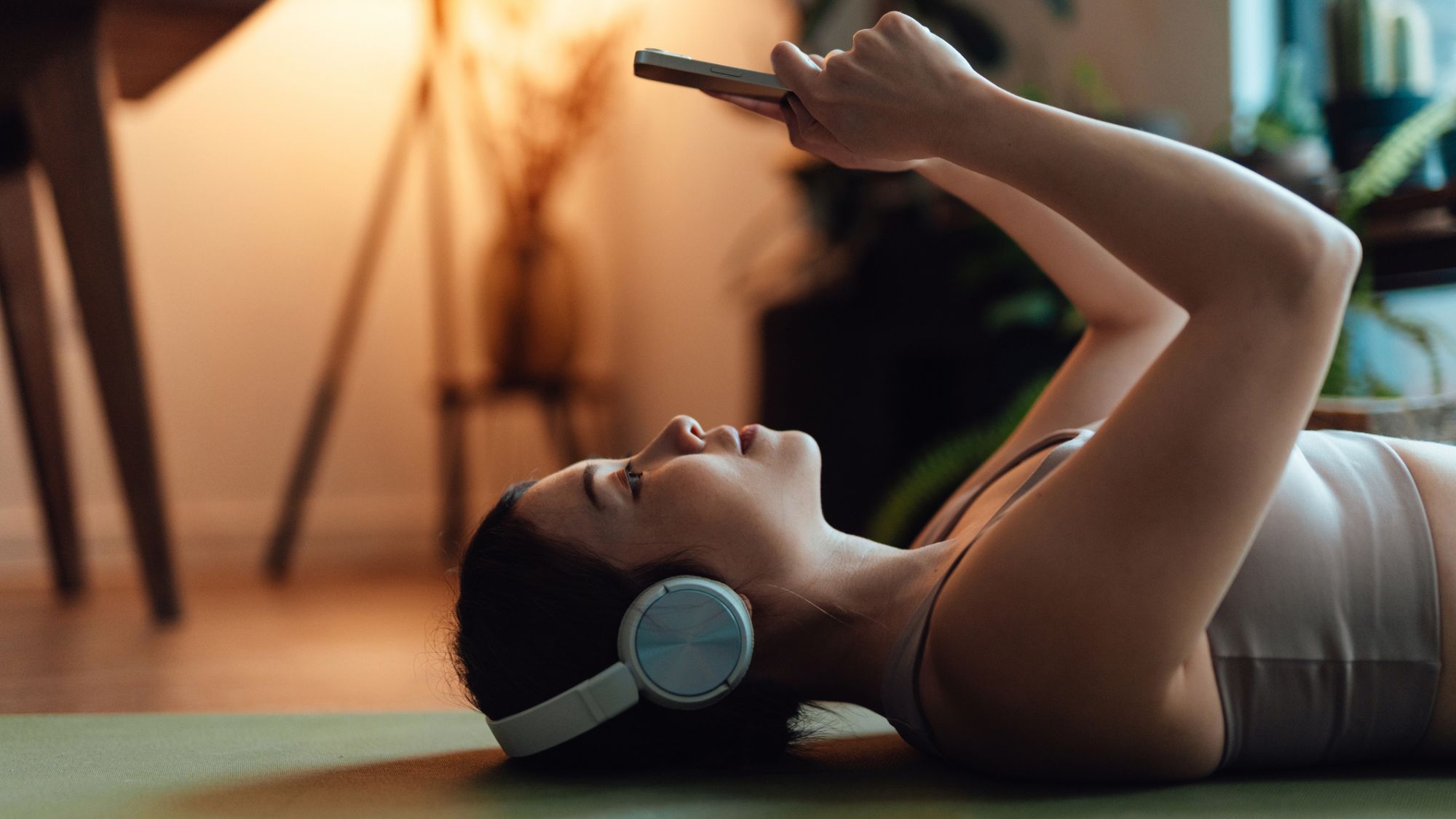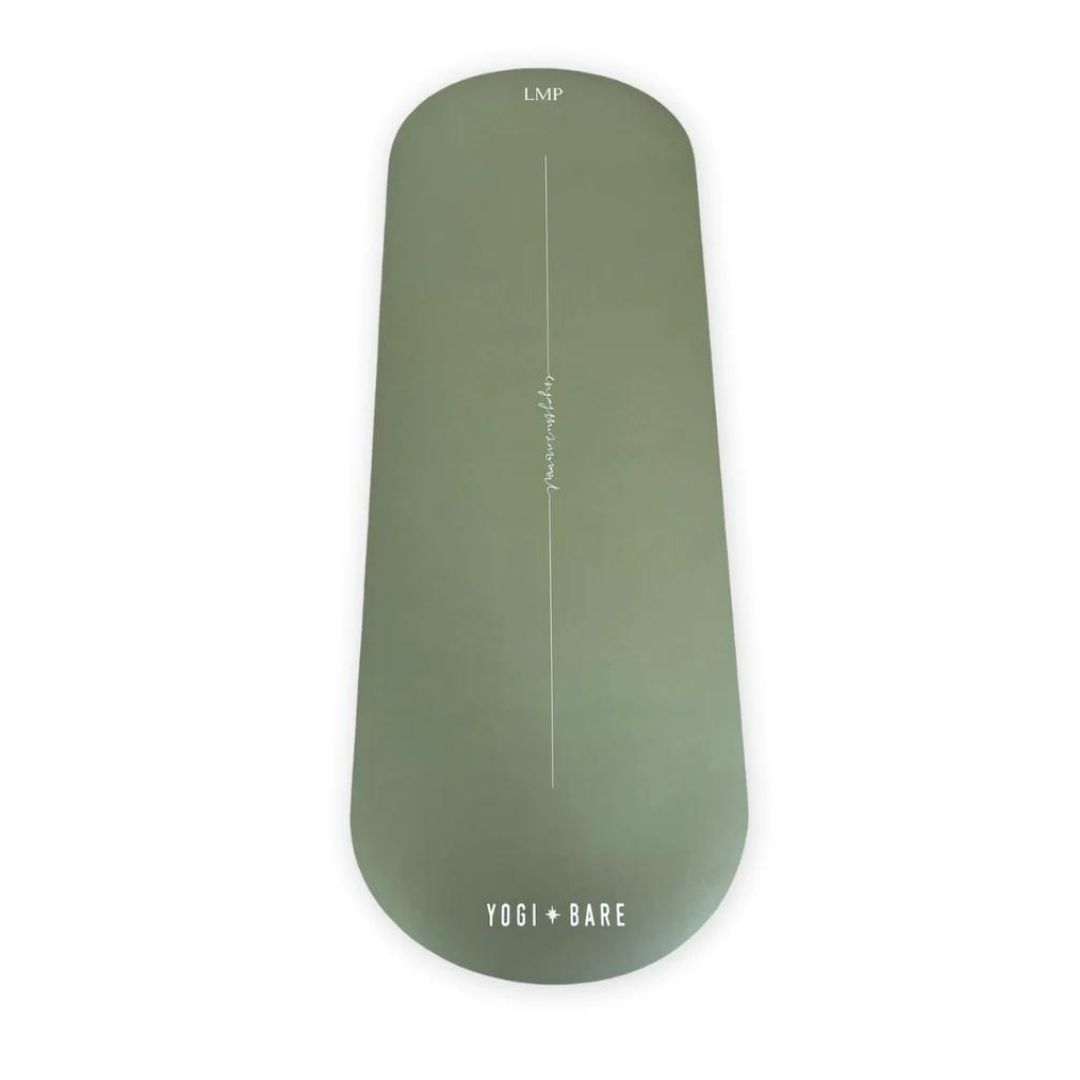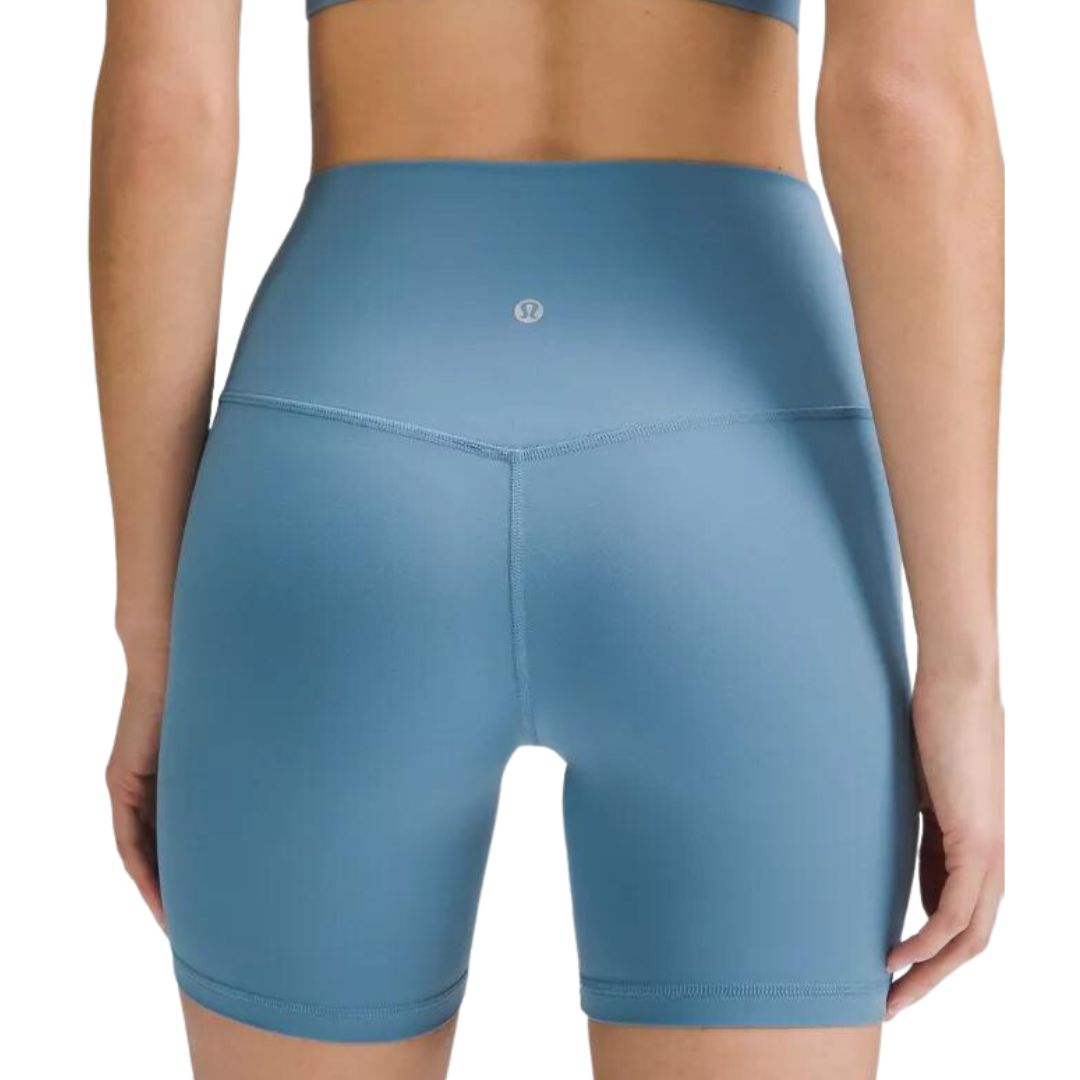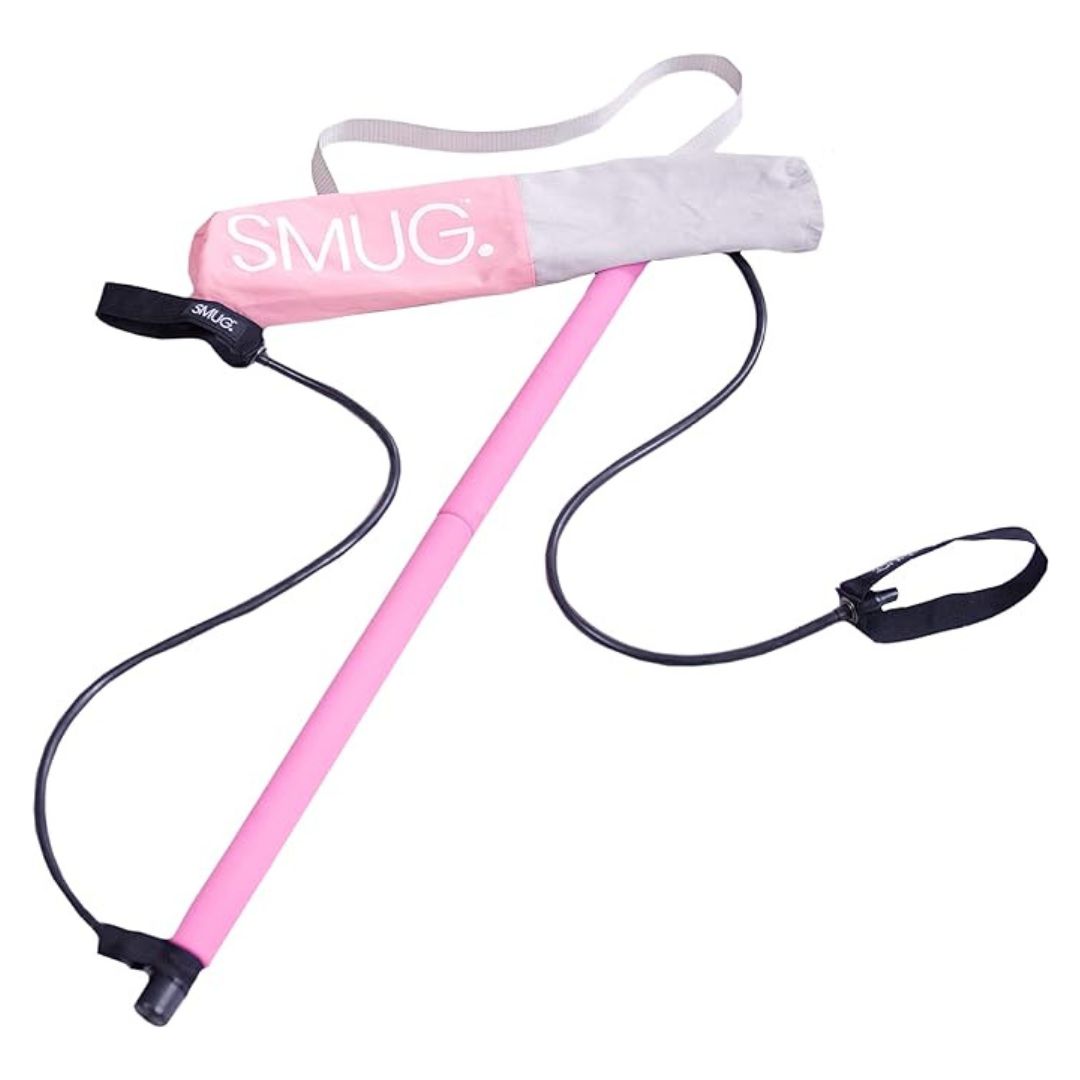Ever wondered, what kind of workout is Pilates? Your guide to the viral workout loved by celebs and PTs
Your need-to-knows.


You aren’t imagining it; Pilates truly is the talking point of the fitness industry right now. Between the trending workouts on TikTok (wall Pilates, anyone?) and the aesthetic studio snaps seasoning your Instagram feed, it seems every exercise enthusiast with a social media profile is hitting up their local Reformer class.
Not to generalise, but they probably are, if PureGym’s 2024 fitness trends forecast is anything to go by. Pilates workouts ranked three times in its roundup of the top 20 training trends for 2024, with wall Pilates in first place, mat Pilates in 14th and Reformer in 19th. But, if you’re tempted to try it for the first time, having heard the many rave reviews, you may be wondering: what kind of workout is Pilates, actually?
There’s no doubt it’s an activity of many merits, with the benefits of Pilates including boosted muscle tone, flexibility, strength and more. Research published in the Muscle, Ligaments and Tendons journal indicates that pilates may offer benefits including improved flexibility, abdominal and lumbopelvic stability, and muscular activity while a 2022 study found that Pilates may be beneficial for increasing muscle strength and improving balance when compared to no activity.
So, cardio, strength or flexibility – what kind of workout is Pilates? We asked Joanna Meyer, personal trainer at Nordic Balance, to find out. Keen to read more about the trending workout? Don't miss our expert explainer on Pilates for beginners, plus a pro's opinion on whether Pilates once a week is enough to to boost both body and brain.
Ever wondered, what kind of workout is Pilates?
Is Pilates considered cardio or strength training?
“Pilates is a versatile workout that primarily focuses on strengthening the core, although it also targets other areas of the body,” Meyer explains. It’s considered a form of strength and flexibility training, as opposed to a cardio workout, utilising your bodyweight – and sometimes additional kit such as ankle weights, wrist weights or a Pilates sculpt bar – to add resistance and challenge your muscles.
While this does depend on the type of class you opt for, Pilates moves typically engage your entire body while placing particular emphasis on the core. Movements include push-ups, kneeling side kicks and roll-ups, and often there’s a focus on eccentric contraction – the lowering portion of the movement during which the muscle is lengthened, an effective method of increasing strength and stability.
What are the benefits of doing Pilates?
As we’ve already touched upon, there are many benefits to be had by regularly doing Pilates. “It enhances core strength and stability, which is crucial for overall movement efficiency and injury prevention,” Meyer explains. “Pilates also improves posture, muscle tone, and flexibility and is known for reducing back pain.”
Celebrity news, beauty, fashion advice, and fascinating features, delivered straight to your inbox!
Additionally, she says, its emphasis on controlled, mindful movements and breathing techniques can help improve focus and mental health. Case in point: research published in Complementary Therapies in Medicine concluded that Pilates can boost mental health.
Is Pilates "enough" of a workout?
When we consider whether a type of workout is "good enough" or not, we really have to define what good quality exercise looks like to us, personally, first. If it helps to improve health markers, inch closer to your goals and you enjoy it, then it surely qualifies as a good session. Pilates, we’ve established, helps to improve strength and stability, and it’s an activity many find pleasurable to partake in. Is it enough on its own, though?
Speaking to MC UK previously, Reformer Pilates instructor Ionie Brown says yes and no. “In my opinion, only doing Pilates is not necessarily a bad thing as there are so many benefits that come from it,” she says. “Many people notice a huge difference physically and mentally from doing Pilates alone."
That's because in Pilates, you "focus on lateral breathing, so regular Pilates-goers should notice improved circulation and breathing efficiency," she goes on. "However it may not provide a sufficient stimulus for cardiovascular conditioning and heart health on its own,” she shares.
Research published in the Journal of Clinical Medicine supports that Pilates can help to improve cardiorespiratory fitness, however, the NHS recommends at least 150 minutes of moderate activity – or 75 minutes of vigorous activity – per week for optimal health. Bottom line: Pilates alone may not facilitate reaching these targets.
Can Pilates replace weight training?
“Pilates can be an alternative to weight lifting, especially for those seeking to improve core stability and posture,” says Meyer. That said, if your goal is to increase strength, specifically, lifting heavy weights is the best and most efficient way to achieve this. Why? Because putting muscles under increased tension (by lifting heavy) causes muscle fibres to tear. Your body repairs these fibres by fusing them together, resulting in more muscle mass. To gain muscle and strength, you need to continuously be challenging your muscles; a process called progressive overload.
“Combining Pilates with weight lifting can offer complementary benefits, as weight lifting increases overall muscle mass and bone density, which are important as we age,” says Meyer.
Shop MC UK's go to kit now:

Yogi Bare's sage, curved-edge mat was designed specifically for making your Pilates sessions that bit more supported and comfortable. Shop our other Editor approved gym mats, here.

Abbi Henderson is a freelance journalist and social media editor who covers health, fitness, women’s sport and lifestyle for titles including Women's Health and Stylist, among others.
With a desire to help make healthcare, exercise and sport more accessible to women, she writes about everything from the realities of seeking medical support as a woman to those of being a female athlete fighting for equality.
When she’s not working, she’s drinking tea, going on seaside walks, lifting weights, watching football, and probably cooking something pasta-based.


